★★★½
“The fall gal.”
 This biopic of WWE Women’s Champion Paige, a.k.a. Saraya Knight from the English seaside town of Norwich, gets a lot of things right about professional wrestling. In particular, it strikes a good balance between the various aspects – positive and negative – of the sports entertainment business. Over the past twenty years, Chris and I have been intermittently involved with the independent end of the wrestling scene, like Knight and her family, and this captures the low-rent showbiz aspects beautifully. Yet it doesn’t shortchange the seductive – almost addictive – appeal of performance for a responsive crowd, or the potential escape from a drab life it offers someone like Saraya/Paige.
This biopic of WWE Women’s Champion Paige, a.k.a. Saraya Knight from the English seaside town of Norwich, gets a lot of things right about professional wrestling. In particular, it strikes a good balance between the various aspects – positive and negative – of the sports entertainment business. Over the past twenty years, Chris and I have been intermittently involved with the independent end of the wrestling scene, like Knight and her family, and this captures the low-rent showbiz aspects beautifully. Yet it doesn’t shortchange the seductive – almost addictive – appeal of performance for a responsive crowd, or the potential escape from a drab life it offers someone like Saraya/Paige.
This was inspired by a documentary of the same name, which covered everything up to her successful tryout with WWE, but not much thereafter. To be honest, that’s probably the most entertaining section, being a thoroughly amusing series of escapades, populated by quirky and amusing characters, inhabiting the low-rent world at the bottom of the wrestling pyramid. Not the least of these are her parents, plaved by Frost and, surprisingly, Lena Headey. It’s… strange seeing Cersei Lannister putting people into a headlock. [Fun fact: I saw Saraya’s Mum wrestle at the Fairfield Halls in Croydon, back in the late nineties – even if they mis-spelled her name on the flyer!]
Once she goes over to the United States, it becomes a rather more predictable “fish out of water” story, with the dark, somewhat sullen Paige a radical departure from the other wannabe Divas, who all align more with the three T’s required by WWE at the time: teeth, tan and tits. The highlight in this phase is Vaughn’s performance as acerbic (and fictional) coach Hutch Morgan, who pulls no punches in his quest to winnow out the chaff for the benefit of his employer. For Paige, that transition is about becoming comfortable in her own skin, and repairing the relationship with her brother (Lowden), who also wanted – arguably, even more than Saraya – to reach the WWE, but was not offered a spot. To no-one’s surprise (even if you don’t know the story, this sticks to the well-worn path of the underdog sports film), she does so, and the film ends as she makes her debut, the night after Wrestlemania in New Orleans.
In terms of happy endings, that’s probably for the best. For injury forced Paige’s eventual retirement in April 2018, at the age of just 25, after barely two years of active competition and four in total. Not mentioned by the film, it’s a salutary reminder: a pro wrestler’s career is hard, and can be short. This is certainly a story which has been dramatized for cinematic purposes, probably inevitably. Yet the basic thread is intact – and, more importantly, the spirit of the people who inspired it is honoured. Having it directed by Merchant, previously best known as Ricky Gervais’s sidekick, proves a masterstroke. In his able hands, and helped by a winning performance from Pugh, the hackneyed material proves more than tolerable.
Dir: Stephen Merchant
Star: Florence Pugh, Jack Lowden, Vince Vaughn, Nick Frost





 This has the potential to be truly bad, and you need to be willing to look past ropey production values, a possibly deliberately shaky grasp of period (unless “Daisy” really was a popular girls’ name in early medieval times…) and uncertainty as to whether or not this is intended to be a comedy. Yet, I have to admire its “everything including the kitchen sink” approach: throwing together elements from genres as disparate as Vikings, zombies, aliens, sword ‘n’ sorcery and female vengeance shows… well, ambition, at the very least.
This has the potential to be truly bad, and you need to be willing to look past ropey production values, a possibly deliberately shaky grasp of period (unless “Daisy” really was a popular girls’ name in early medieval times…) and uncertainty as to whether or not this is intended to be a comedy. Yet, I have to admire its “everything including the kitchen sink” approach: throwing together elements from genres as disparate as Vikings, zombies, aliens, sword ‘n’ sorcery and female vengeance shows… well, ambition, at the very least. It’s not often that a film cost less to make, than the television set on which I watched it. But it appears this was the case here, with the budget reportedly coming in at five hundred pounds. No, there’s not a “thousand” missing from that. £500. What you get is probably not too far from what you would expect for that – some of the aerial photography and locations do appear to represent good value for money. Budget isn’t the real issue here though. This British film’s main problem is the drastic shift in story for the final third, when it suddenly morphs, for no reason, from a SF/thriller, into a full-on zombie apocalypse which the makers have neither the budget nor the talent to depict.
It’s not often that a film cost less to make, than the television set on which I watched it. But it appears this was the case here, with the budget reportedly coming in at five hundred pounds. No, there’s not a “thousand” missing from that. £500. What you get is probably not too far from what you would expect for that – some of the aerial photography and locations do appear to represent good value for money. Budget isn’t the real issue here though. This British film’s main problem is the drastic shift in story for the final third, when it suddenly morphs, for no reason, from a SF/thriller, into a full-on zombie apocalypse which the makers have neither the budget nor the talent to depict.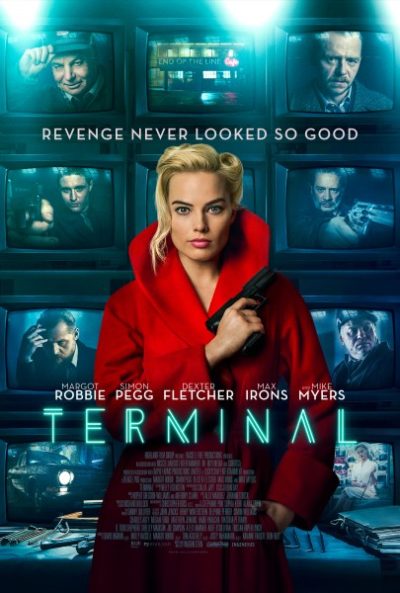 Oozing with a unique visual style that’s like a brutalist cross between Blade Runner and Alice in Wonderland, this focuses on a battle for business between assassins. Annie (Robbie) – or, maybe, she’s called Bonnie – wants to take over the murderous commissions of the mysterious Mr. Franklin. He agrees, only if she takes out the current incumbents, Vince (Fletcher) and his apprentice, Alfred (Irons). Simultaneously, while working as a waitress in an all-night diner at a railway station, she meets Bill (Pegg), a terminally-ill English teacher, who enters her establishment while waiting for a train in front of which to throw himself.
Oozing with a unique visual style that’s like a brutalist cross between Blade Runner and Alice in Wonderland, this focuses on a battle for business between assassins. Annie (Robbie) – or, maybe, she’s called Bonnie – wants to take over the murderous commissions of the mysterious Mr. Franklin. He agrees, only if she takes out the current incumbents, Vince (Fletcher) and his apprentice, Alfred (Irons). Simultaneously, while working as a waitress in an all-night diner at a railway station, she meets Bill (Pegg), a terminally-ill English teacher, who enters her establishment while waiting for a train in front of which to throw himself.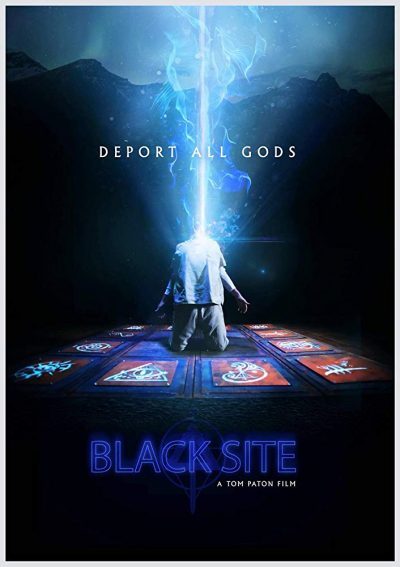 This Lovecraftian-inspired action/horror mix is full of good – or, at least, interesting – ideas. It plays almost like a Call of Cthulhu scenario, with the players having to defend the top-secret government facility of the title from a group of cultists who are attacking the base. They are aiming to liberate one of the Elder Gods, Erebus, who in the form of the human he has possessed (Johnson), is about to be deported back into the infinite darkness. This is the latest incident in an ongoing covert battle by humanity, which has been going on since the twenties, though with decreasing intensity. At least until now.
This Lovecraftian-inspired action/horror mix is full of good – or, at least, interesting – ideas. It plays almost like a Call of Cthulhu scenario, with the players having to defend the top-secret government facility of the title from a group of cultists who are attacking the base. They are aiming to liberate one of the Elder Gods, Erebus, who in the form of the human he has possessed (Johnson), is about to be deported back into the infinite darkness. This is the latest incident in an ongoing covert battle by humanity, which has been going on since the twenties, though with decreasing intensity. At least until now. This dates back to 2006, and was somewhat groundbreaking at the time, due to the very high volume of digital effects and CGI background work – it came out was three years before Avatar, as a yardstick. The key word here, however, is “volume”. For the effects make up for in quantity what they largely lack in quality, although you have to be impressed at the sheer ambition on view, especially when you don’t have a fraction of the resources which were available to James Cameron. More problematically, also missing is the skill necessary to handle a narrative, where there is simultaneously too much and not enough going on. The former is apparent in entire universe building which has to be accomplished in hard to digest expository chunks, and the latter makes itself known, courtesy of long stretches which are as devoid of interesting features as the Arizona landscapes in which they were shot.
This dates back to 2006, and was somewhat groundbreaking at the time, due to the very high volume of digital effects and CGI background work – it came out was three years before Avatar, as a yardstick. The key word here, however, is “volume”. For the effects make up for in quantity what they largely lack in quality, although you have to be impressed at the sheer ambition on view, especially when you don’t have a fraction of the resources which were available to James Cameron. More problematically, also missing is the skill necessary to handle a narrative, where there is simultaneously too much and not enough going on. The former is apparent in entire universe building which has to be accomplished in hard to digest expository chunks, and the latter makes itself known, courtesy of long stretches which are as devoid of interesting features as the Arizona landscapes in which they were shot.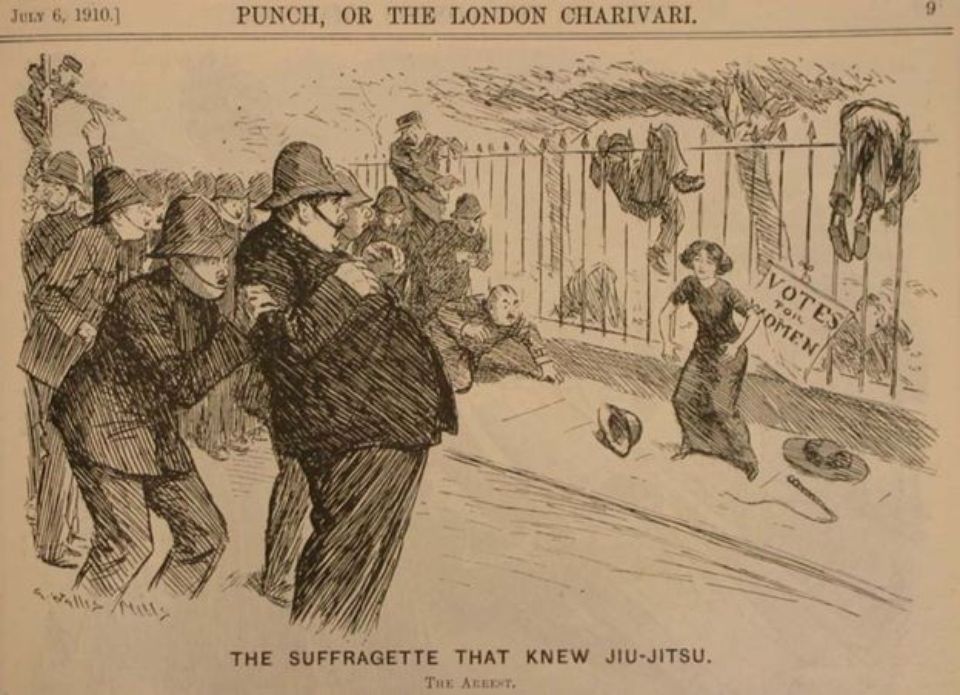
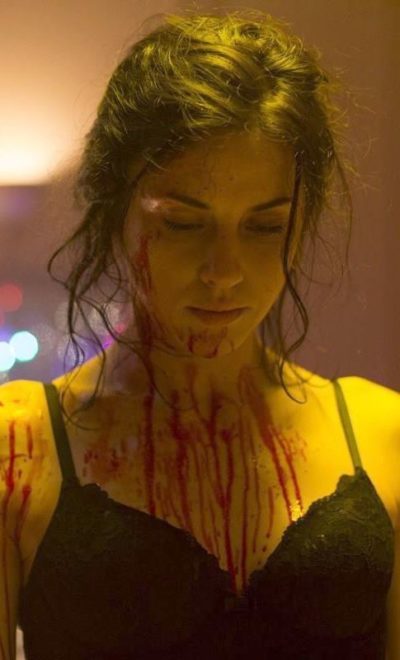 Oh, be afraid… Be
Oh, be afraid… Be  This slice of British televisual fantasy was offered up on Christmas Day, and provides a pleasant, warm and unchallenging slice of family fare. It takes place in a world where magic has ruled, but is gradually fading from consciousness and being replaced by technology. The magic appears connected to the dragons with which humanity shared the planet, uneasily. After previous battles, a kind of apartheid was set up, with the world divided into dragon and human areas. Overseeing the peace is the Dragonslayer, who is charged with killing any dragons who violate the treaty and attack humans or their territory. But some members of mankind are casting envious eyes on the unspoiled territory of the dragons, and would love an excuse to take it over.
This slice of British televisual fantasy was offered up on Christmas Day, and provides a pleasant, warm and unchallenging slice of family fare. It takes place in a world where magic has ruled, but is gradually fading from consciousness and being replaced by technology. The magic appears connected to the dragons with which humanity shared the planet, uneasily. After previous battles, a kind of apartheid was set up, with the world divided into dragon and human areas. Overseeing the peace is the Dragonslayer, who is charged with killing any dragons who violate the treaty and attack humans or their territory. But some members of mankind are casting envious eyes on the unspoiled territory of the dragons, and would love an excuse to take it over.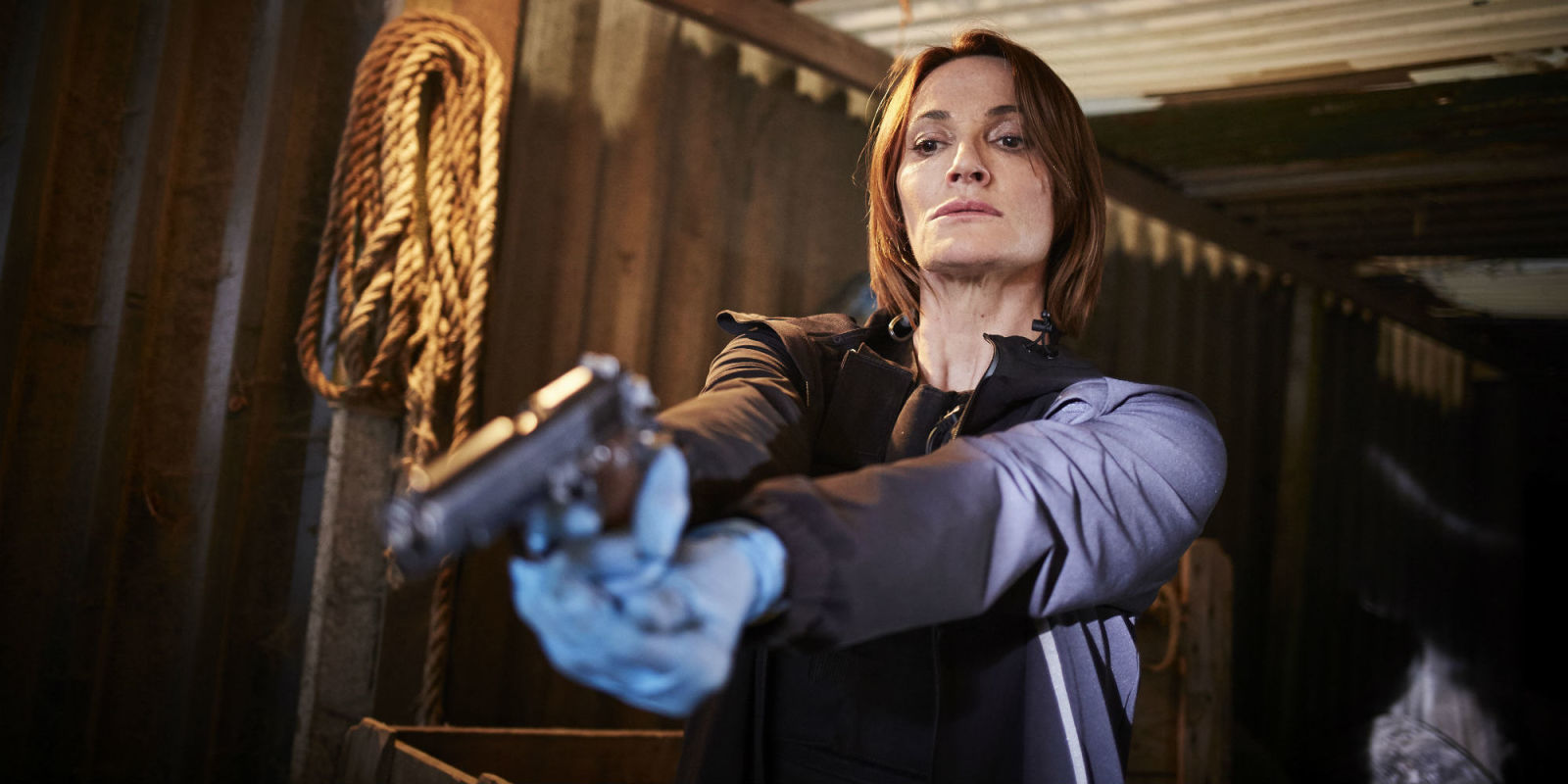 ★★★½
★★★½